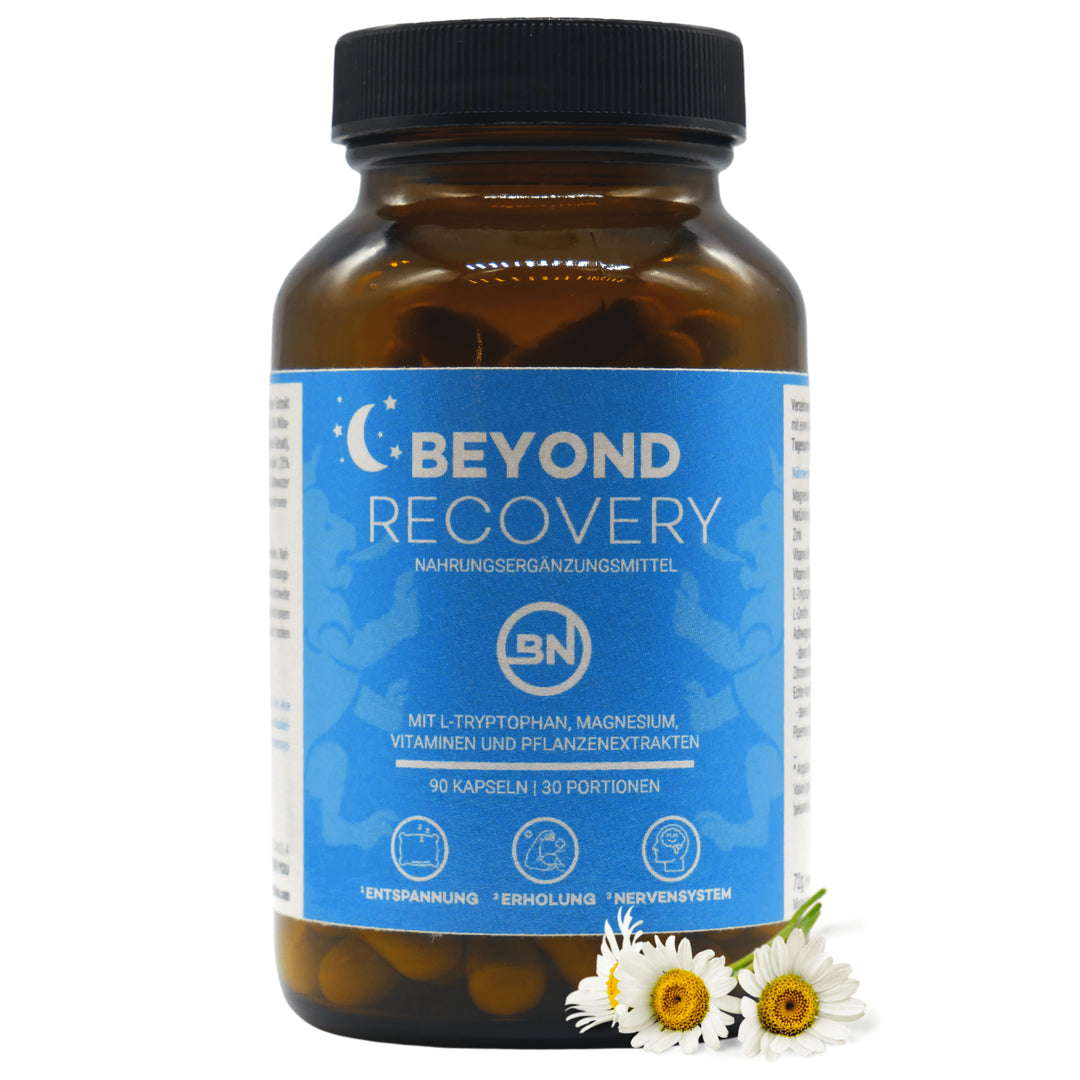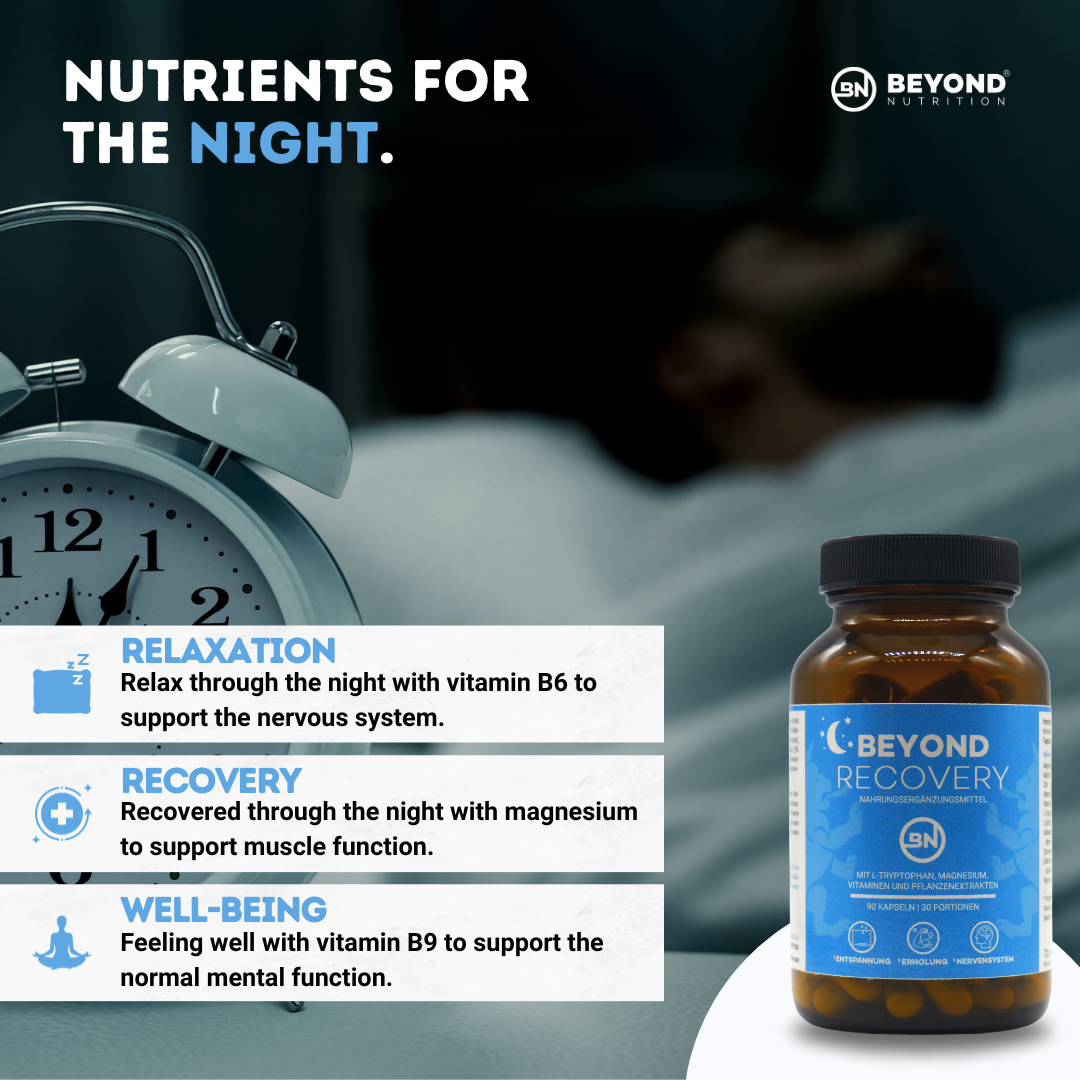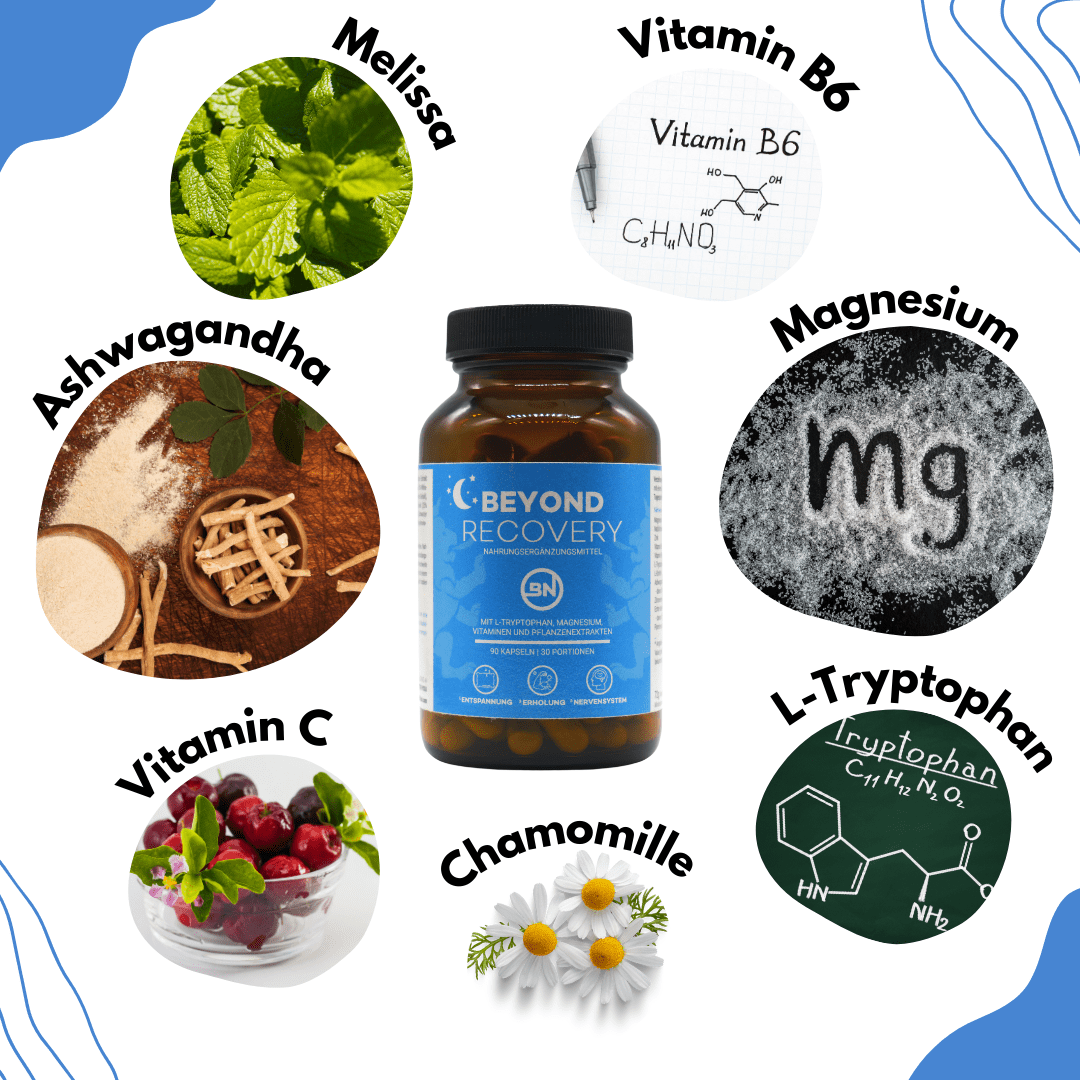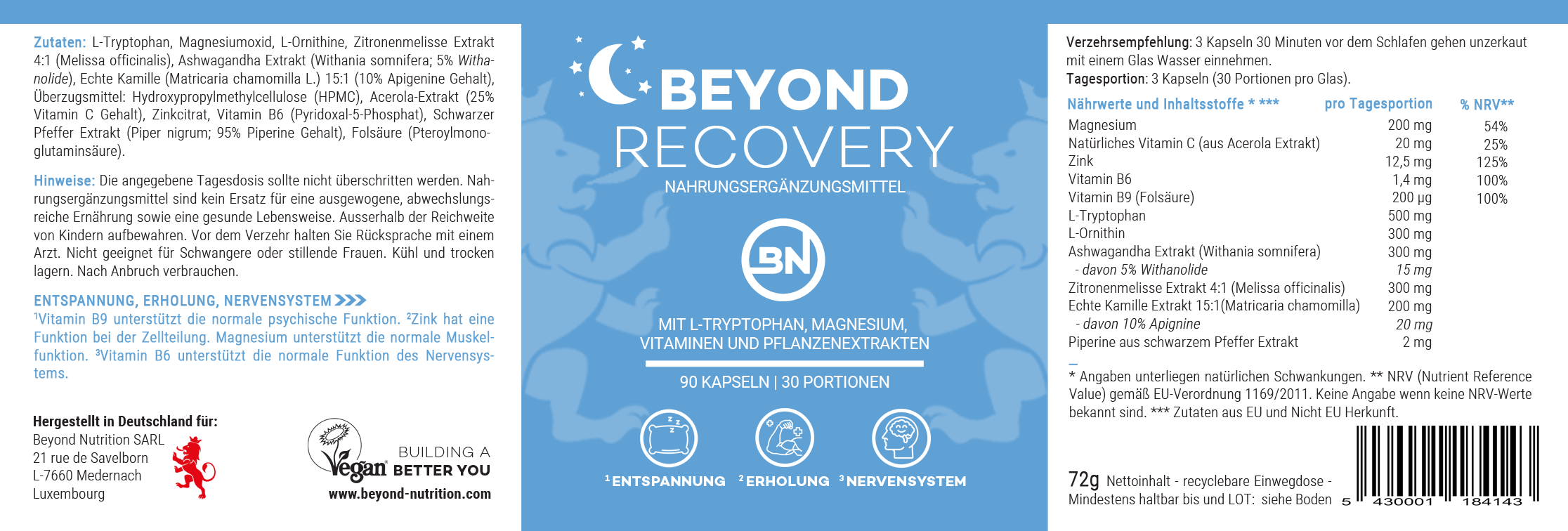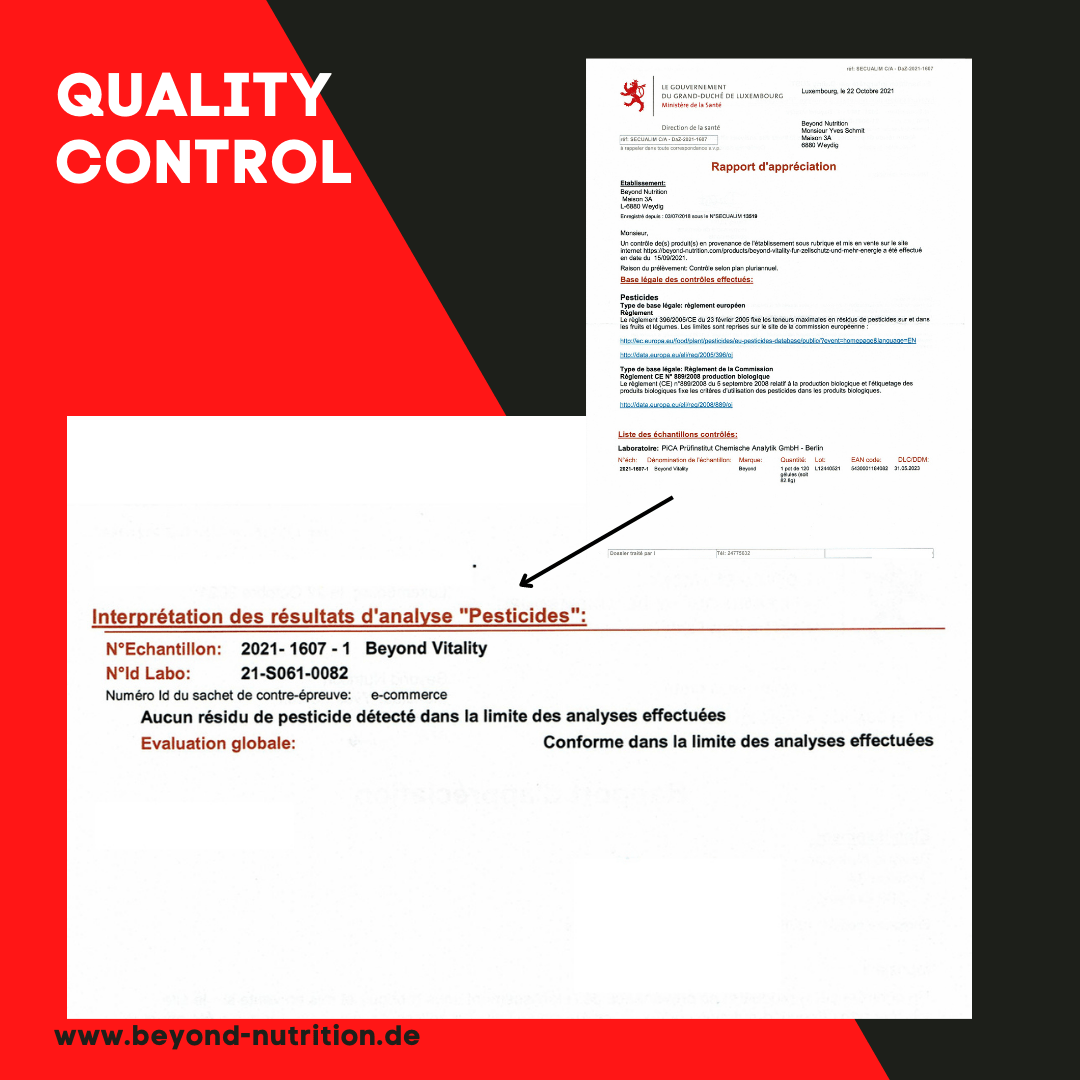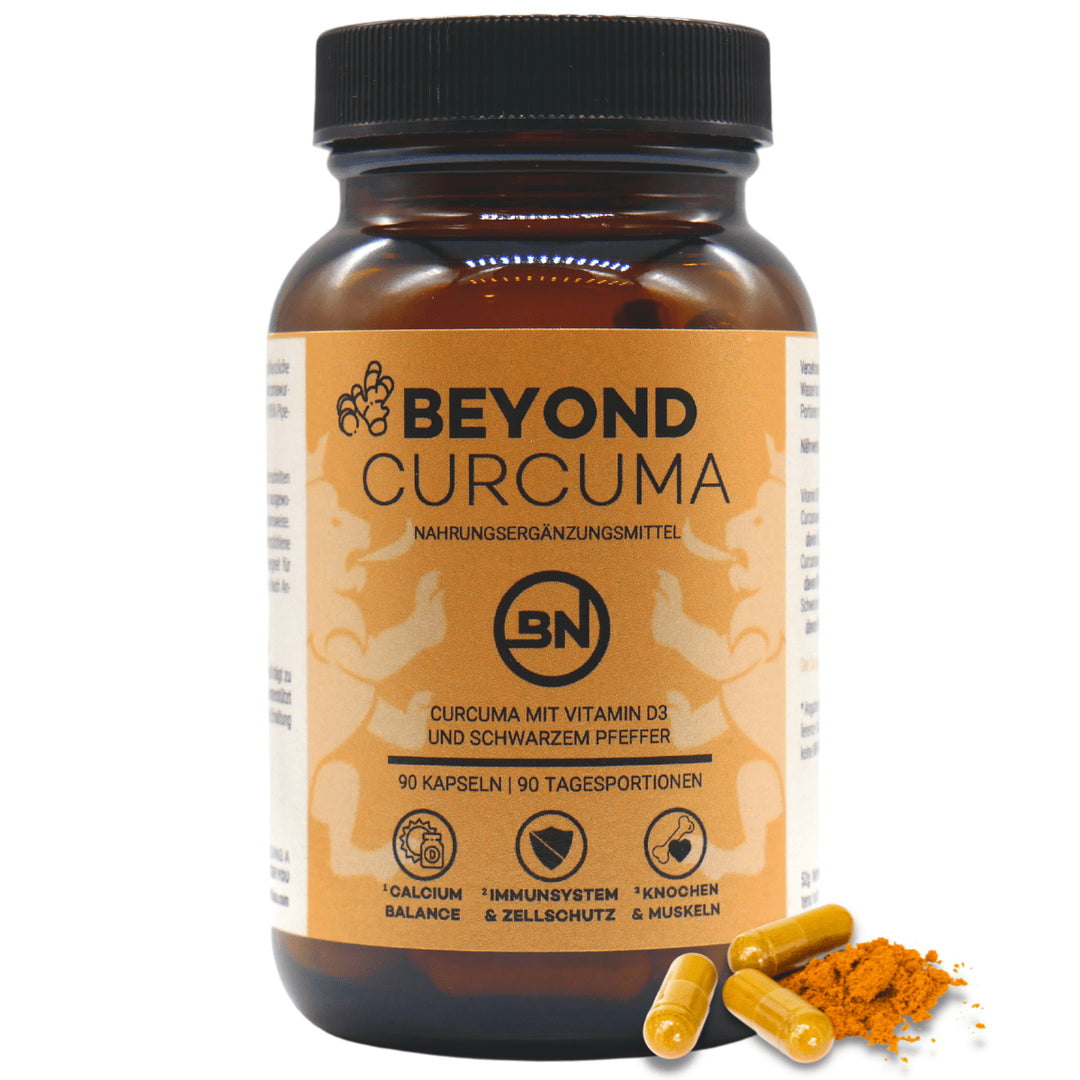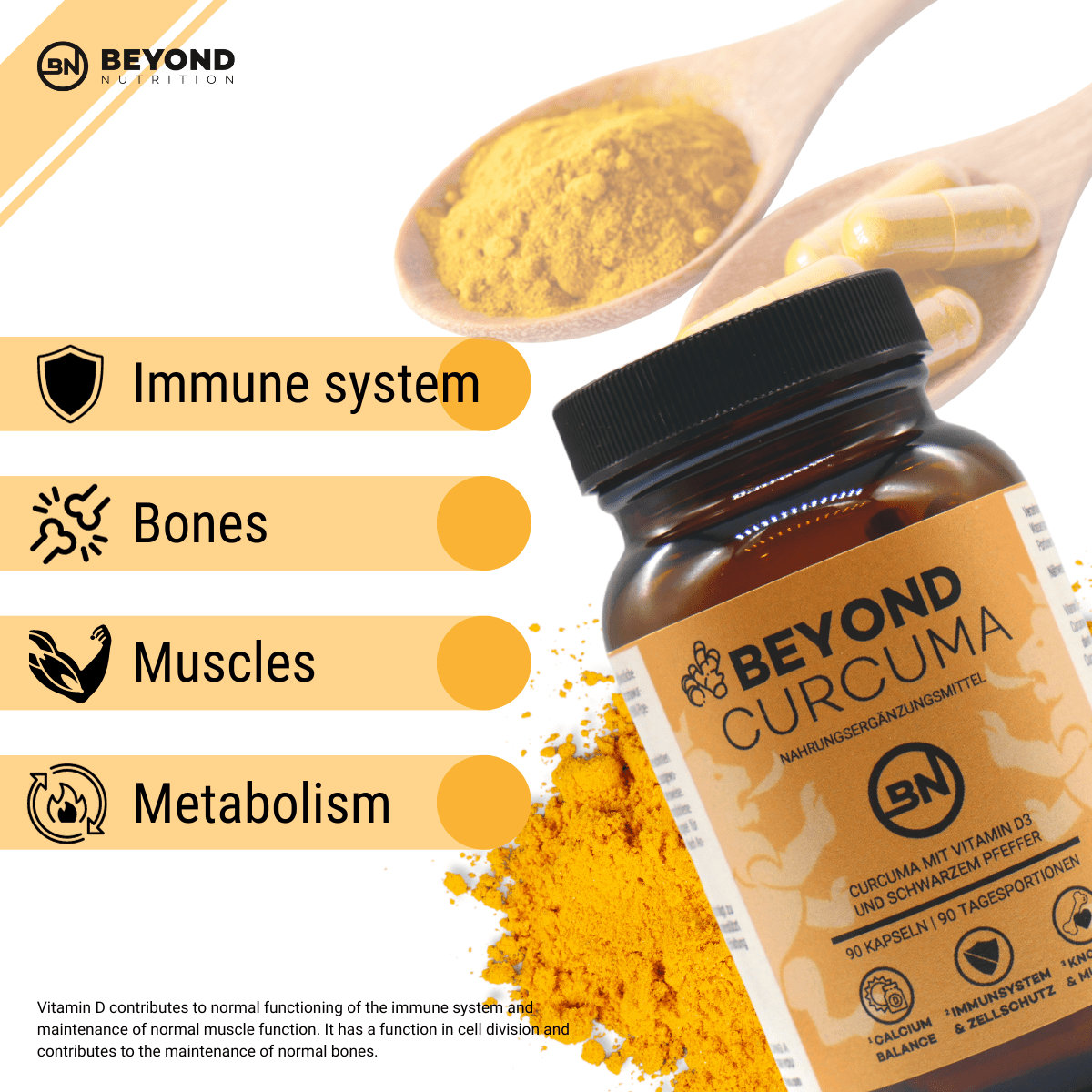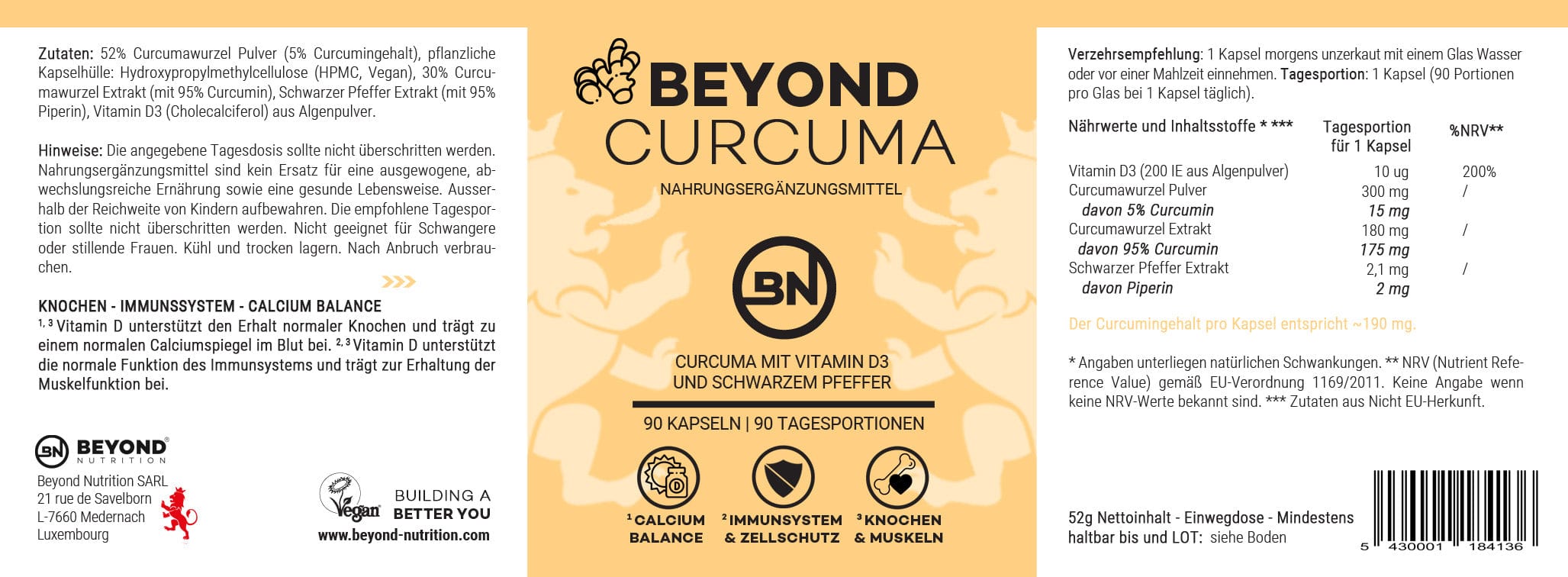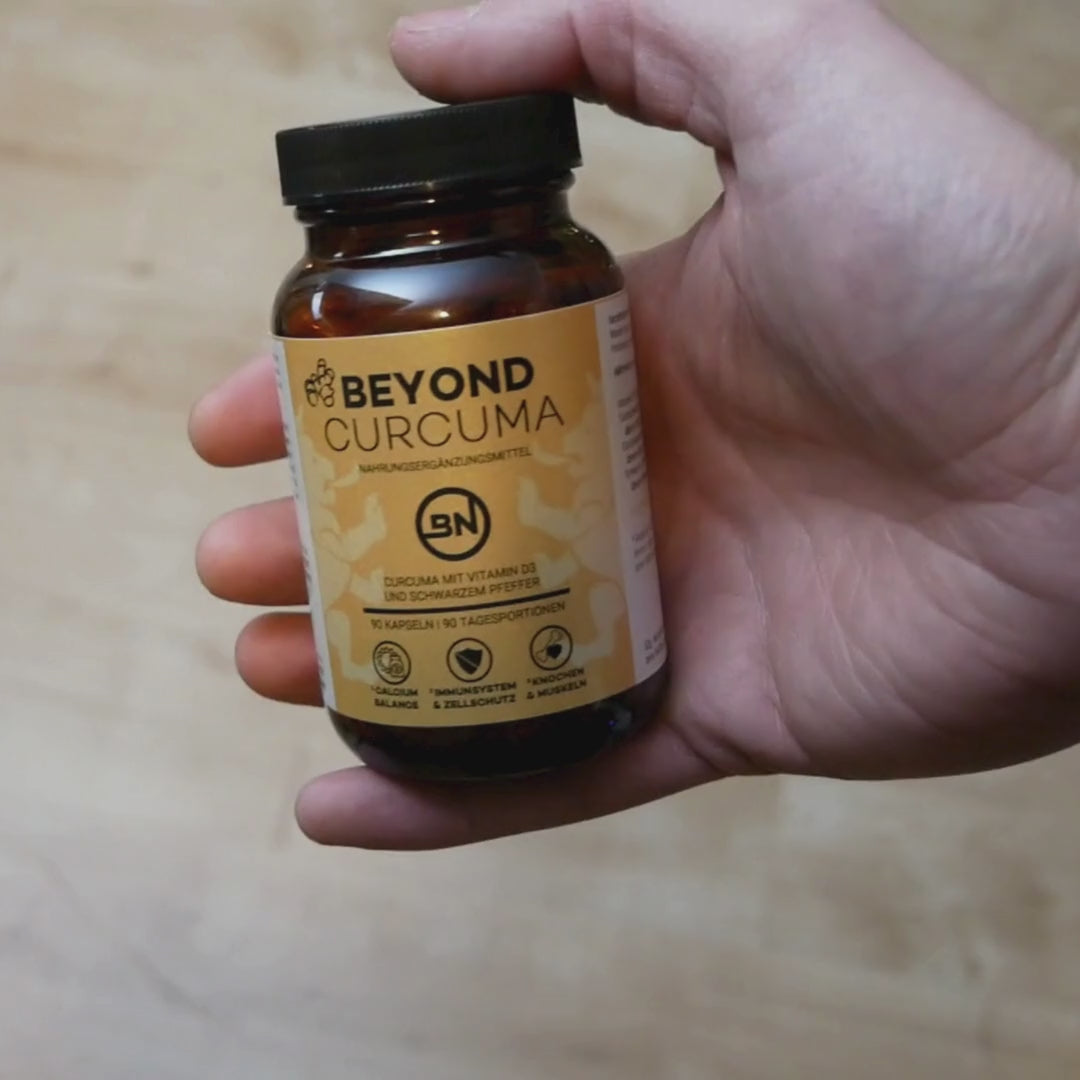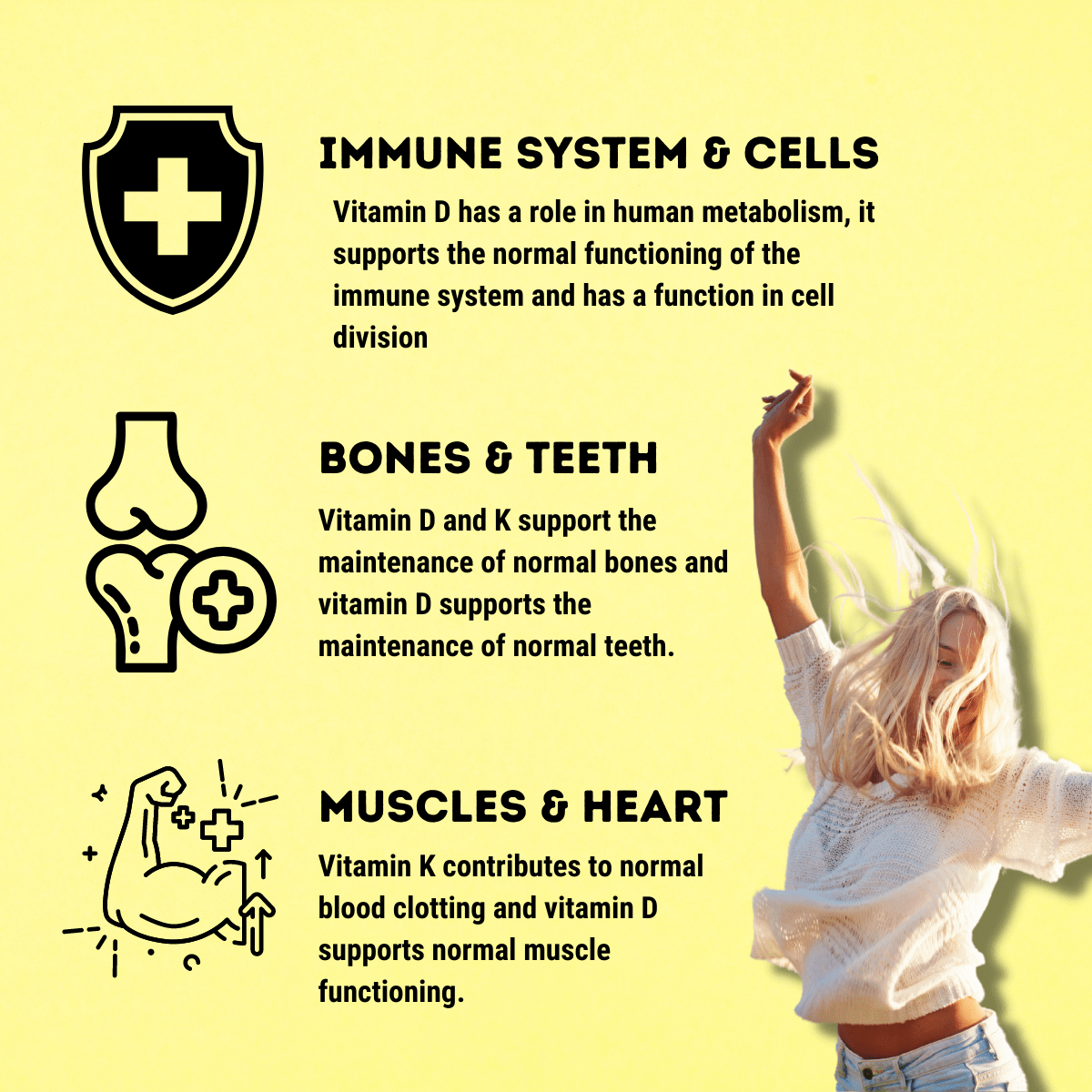Skin and stress: an overview of all the important factors that damage our skin
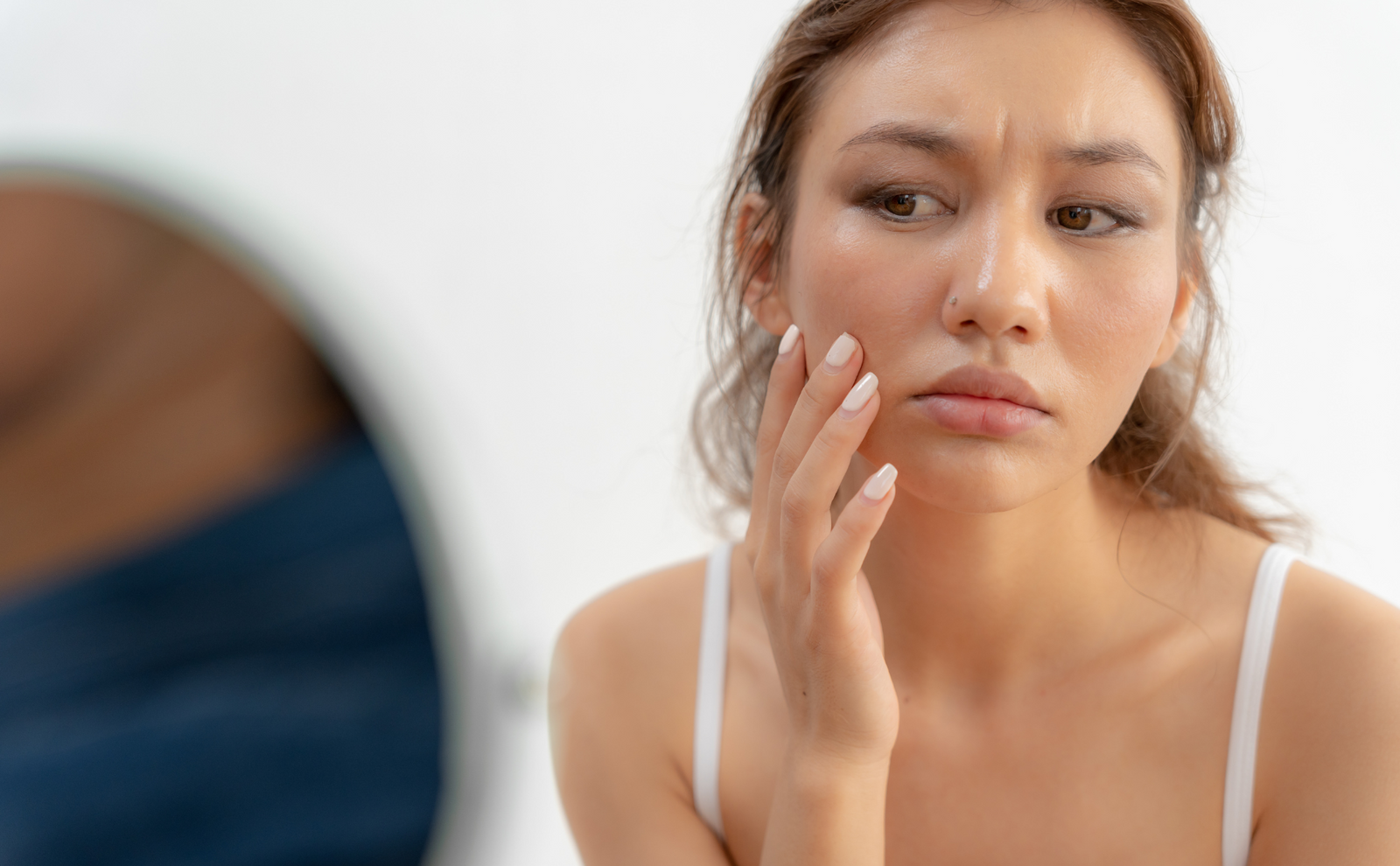
A beautiful and especially young skin is a sign of health and beauty. But it is often also a sign of a healthy lifestyle, because often our skin is a reflection of our way of life. Our hands and face in particular reveal a lot about a person. The skin also forms a protective layer and is essential for our survival. In order to understand how to pepper your skin, you first have to know which factors negatively affect our skin. In the following article we look at some studies on the subject of skin and stress.
What is our skin and what does it consist of?
In order to understand how you can care for and support your skin, you first have to understand what it actually is. Our skin is not only a sensory organ, but also the largest organ of our body. Yes exactly, our skin is an organ and depending on the region of the body is 1-2mm thick. You Protects the body from external influences, helps regulate body temperature and plays an important role in metabolism.
In total, the skin is divided into three layers: Epidermis, dermis and Subcutis. As I said, the skin A variety of tasks and protects the body from harmful environmental influences and sun rays, as well as from pathogens and toxins. The skin renewal process takes an average of 28 days. The horn cells (keratinocytes), which form the skin area, are formed in the lowest layer (basal layer) and migrate to the skin surface. As a result of the new formation of the basal cells, the cells above are pushed upwards.
The effects of stress on our skin
It has long been suspected that stress has a negative impact on our skin health. Only a few studies have dealt with the topic, but all of them show a uniform result.
When you talk about stress, you have to define exactly what is meant here. Stress for the skin due to external factors or phychological stress which affects the skin. We took a close look at both sources of stress.
Study 1: Changes in severity of acne vulgaris depending on exam load
In 22 students, the effect of learning and exam stress on the complexion (here acne) was examined. The association between changes in severity and perceived investigative stress was determined here.
The subjects had a higher moderate severity of acne and a higher level of stress sensation during the examinations (P<.01 for both). In the case of students with acne, this had worsened during the examination. In addition, changes in the severity of acne are highly correlated with increasing stress, suggesting that emotional stress from external sources can have a significant impact on acne. Changes in the hormonal balance and their effect on the appearance of the skin also play an important role.
Studie: The response of skin disease to stress: changes in the severity of acne vulgaris as affected by examination stress [ Link ]
Study 2: Link Between Brain and Skin, the Neuroendocrine-Immune Misalliance of Stress and Itching
Perceived stress has long been associated with disturbances in the dynamic balance between the nervous, endocrine and immune systems, which can trigger or aggravate the occurrence of disease. It is now recognized that several common skin diseases are aggravated by psychological stress.
An abundance of factors released systemically or locally in the skin in response to stress regulate the production of pruritic substances and maintain (neurogenic) inflammation.
However, there is increasing evidence that stress influences disease processes and contributes to inflammation by modulating specific areas in the brain which chemical mediators release which form on the skin. The central role in the cellular reactivity of the skin to various stress factors could be attributed to the dermal mast cells, since they have close connections to the sensory nerve endings and can release a large number of pro-inflammatory mediators.
In order to develop more effective therapeutic combination strategies for itching control in chronic, stress-prone inflammatory skin diseases, these factors should be examined more closely.
Studie: From the brain-skin connection: the neuroendocrine-immune misalliance of stress and itch [ Link ]
Study 3: Link between Brain and Skin: Stress, Inflammation and Skin Aging
Stress is known to affect various diseases and conditions, e.g. B. Asthma, arthritis, migraine and multiple sclerosis. In the skin in particular, several neuroinflammatory diseases can be triggered or aggravated by stress, e.g. B. Psoriasis, atopic dermatitis, acne, contact dermatitis and others.
The negative effect of stress on wound healing was first observed clinically in humans when carers of demented relatives required 20% more time for complete wound healing of the skin.
Anxiety and depression are also associated with delayed healing of chronic wounds. It has been found that perceived stress and elevated cortisol levels are among the contributing factors.
The figure below shows the complex interaction of all possible factors on our skin.

Source: Brain-Skin Connection: Stress, Inflammation and Skin Aging, Ying Chen and John Lyga
Study 4: The skin and external influences
The exact mechanism of how stress affects skin aging is still not entirely clear. There are several indications of possible mechanisms that could contribute to skin aging.
UV irradiation is one of the main extrinsic stressors responsible for premature skin aging, hence the term "photoaging". UV irradiation causes the release of various hormones such as CRH, POMC peptides, ACTH, cortisol and β-endorphine. These increase DNA damage, interfere with DNA repair, and alter transcriptional regulation of the cell cycle.
Reactive oxygen species (ROS) also play a role in skin aging. In mice that are under chronic stress, the oxidative stress pathway interacts with the skin metabolism.
Repeated short-term stress can induce ROS production by upregulating NF-κB in the skin. Toxins and UVB are the trigger for increased ROS formation. A breakdown or reduction of the cellular antioxidants also took place here. Stress in the brain has also been found to lead to increased oxidative stress and dysfunction of mitochondria. Considering that ROS production in the mitochondria is the primary determinant of aging and life spans, stress via the ROS pathway can have a major impact on skin aging.
Metastudie: Brain-Skin Connection: Stress, Inflammation and Skin Aging [ Link ]
Current findings at a glance
Regardless of whether it is physical or psychological stress, studies clearly show the negative effects on our skin, which are noticeable through clinical pictures or skin aging. This can be favored by several mechanisms. The formation of free radicals (ROS), stress hormones such as cortisol or stress-related changes in the immune system as well as the effects of the external environment and environmental toxins and UV radiation.
In general, it is therefore advisable to avoid stress. A healthy diet that is rich in vital substances such as vitamins and antioxidants helps to protect and regenerate the skin.




